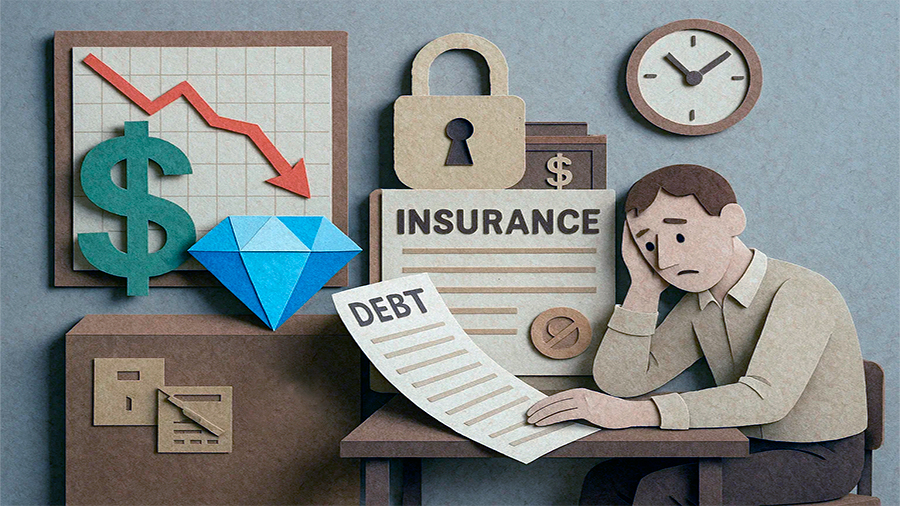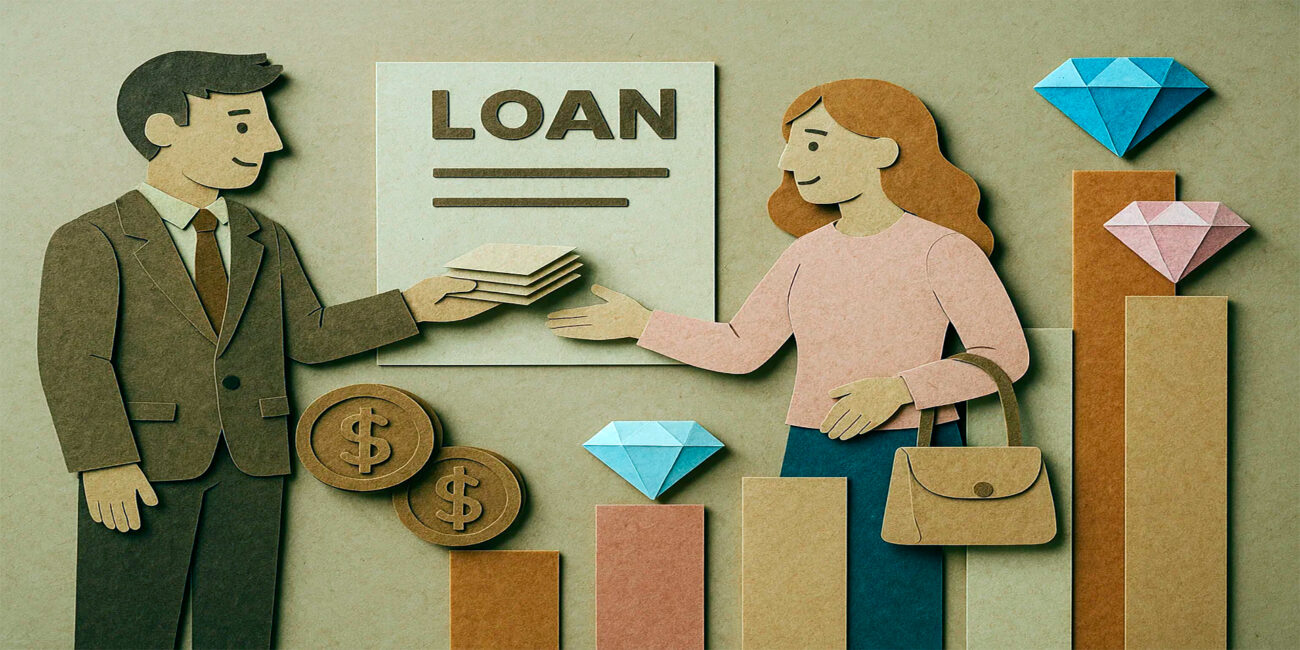How Demand for Loans Is Growing Along With Prices for Rare Diamonds
Rare diamonds have always commanded attention. Blue, pink, and flawless white stones regularly set records at international auctions. Their scarcity and prestige make them both luxury items and investment assets. As prices climb, fewer buyers can afford to pay upfront. That gap has created rising demand for loans. Banks, private lenders, and even fintech platforms are stepping in with tailored credit products to help investors and collectors participate. The trend shows how finance adapts to the growing appetite for rare diamonds, making lending a crucial part of this glittering market.
Why Rising Prices Drive Loan Demand
Over the past decade, prices for exceptional diamonds have surged. A flawless pink diamond or rare blue stone can sell for tens of millions. Even smaller gems with unique cuts or provenance often attract bids well above initial estimates. While wealthy buyers remain active, many investors and dealers now rely on financing to compete. Quick payment requirements at auctions make loans particularly important. Instead of liquidating other assets, bidders use credit to bridge the gap. The higher the prices go, the greater the role loans play in keeping buyers active in the market.
| Stone Type | Recent Price Range | Loan Use Case |
|---|---|---|
| Fancy pink diamond | $10M – $50M | Secured long-term loan for investment |
| Blue diamond | $15M – $60M | Bridge loan for auction settlement |
| Flawless white diamond | $5M – $20M | Credit line for dealers expanding stock |
How Banks and Lenders Respond
Financial institutions have noticed the trend. Traditional banks now offer specialized credit lines for luxury assets, including diamonds. These products often come with flexible repayment terms, recognizing that resale may take months or years. Private lenders are more aggressive, offering fast approvals for collectors and dealers who need cash within days. Some fintech firms experiment with instant credit tied to auction platforms, using algorithms to assess borrower profiles. The result is a more diverse lending environment where buyers can choose between traditional security and fast, tech-driven solutions.

| Lender Type | Product Offered | Typical Advantage |
|---|---|---|
| Traditional bank | Secured long-term loan | Lower interest, stability |
| Private lender | Bridge loan for auctions | Speed, flexibility |
| Fintech platform | Digital credit lines | Instant approval, convenience |
Risks of Borrowing for Diamonds
Loans unlock access, but they also magnify risks. Diamond markets are not always liquid. Selling a rare stone can take time, and values fluctuate with global demand. Borrowers who rely too heavily on credit may face repayment pressure before they can resell. Interest costs also add up quickly when high-value loans remain outstanding for long periods. Insurance requirements, storage fees, and market volatility all complicate matters. Borrowers must balance ambition with discipline, ensuring repayment schedules are realistic and tied to solid strategies rather than speculation.
Common challenges borrowers face
- Meeting short repayment windows during weak resale conditions.
- Handling high interest rates from private lenders.
- Managing liquidity when gems take longer to sell than expected.
- Maintaining insurance and security for high-value stones.
Case Studies: Lessons From the Diamond Market
Strategic Use of Bridge Loans
Some dealers at European auctions rely on bridge loans to secure high-value diamonds quickly, then refinance with longer-term bank credit. This approach allows them to meet strict payment deadlines while aligning repayment with future sales. When planned carefully, such strategies turn short-term debt into profitable opportunities.
Discipline With Digital Credit Lines
Collectors in Asia are increasingly using fintech-backed credit lines to access rare pink or blue diamonds. Those who set strict bidding limits and match repayments to income streams treat credit as a structured tool rather than an open invitation to overspend. With discipline, the loans provide access to once-in-a-lifetime acquisitions without creating financial strain.
Risks of Unsecured Borrowing
At some auctions in the United States, buyers relying on unsecured loans have faced difficulties when resale markets slowed. High interest rates combined with liquidity challenges forced them to liquidate other assets under pressure. These cases highlight how easily enthusiasm can turn into debt stress when borrowing is not aligned with clear strategies.

Examples From the Market
Beyond individual cases, the market itself reflects these dynamics. Dealers often rely on revolving facilities to finance multiple purchases throughout the year, while private collectors use secured loans for single rare acquisitions. Auction houses are working directly with lenders to provide integrated financing, ensuring bidders can act quickly. In Asia, younger investors are entering the market through fintech platforms offering instant approvals, seeing diamonds not only as luxury but also as an alternative store of value. These trends show how lending is becoming embedded in the structure of high-value sales worldwide.
Future Outlook: Lending for Diamonds in the 2030s
The next decade could bring sweeping changes to how diamonds are financed. AI-driven credit scoring may allow instant, customized loan offers during live auctions, with algorithms adjusting approval in real time. Blockchain-based smart contracts could secure both the stone and the loan, reducing disputes and creating transparent ownership transfers. Decentralized lending pools may emerge, where groups of investors collectively fund loans for diamond buyers, spreading risks and reducing dependence on traditional banks. Even metaverse auctions are expected to rise, where tokenized diamonds or fractional ownership stakes are sold with credit lines linked directly to digital wallets. These innovations will make borrowing faster and more global, but they will also raise new concerns—privacy of financial data, volatility of tokenized assets, and regulatory gaps. For cautious borrowers, the 2030s could open doors to wider participation; for those unprepared, the risks could be even sharper than today.
Conclusion
As rare diamonds climb in value, loans have become indispensable for buyers who want to compete. From banks creating bespoke credit products to fintech firms integrating instant lending into auctions, the financial sector is adapting quickly. Credit provides access to extraordinary stones, but it requires careful management of risks. Case studies from different regions show how outcomes vary—some borrowers turn loans into strategic tools, while others suffer from overextension. Looking ahead, AI, blockchain, and digital platforms will shape lending models in this market. In the sparkling world of rare diamonds, borrowing is no longer a side option—it is both the engine of today’s transactions and the blueprint for tomorrow’s auctions.


